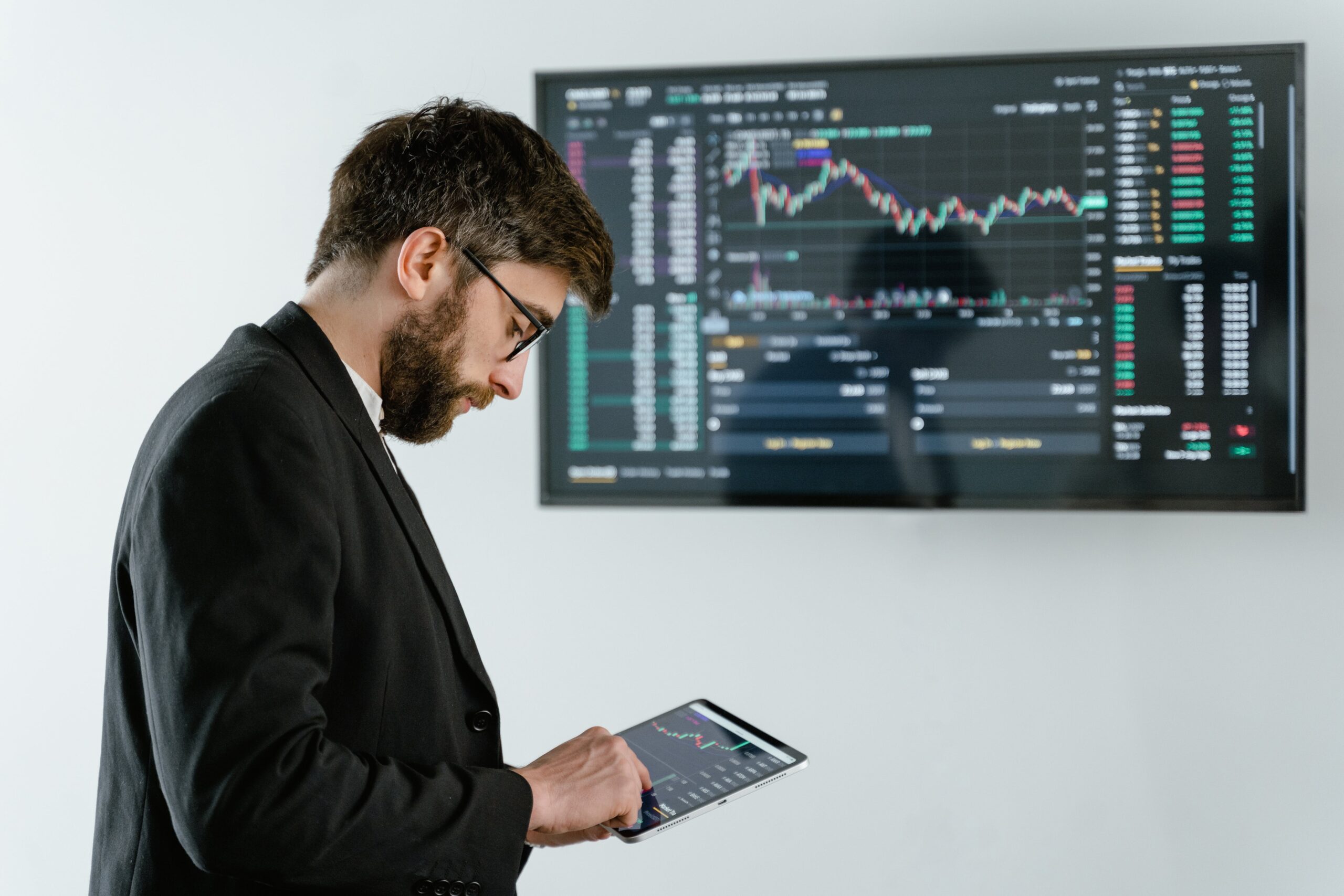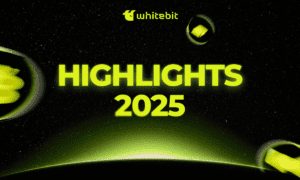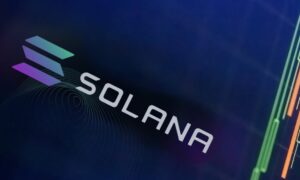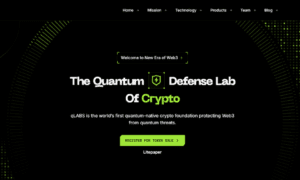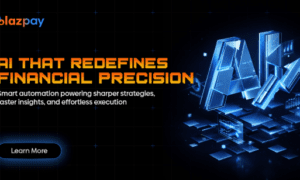What is Blockchain Technology Used for?
Exploring the multifaceted applications of blockchain technology, we’ve gathered insights from CEOs to marketing experts. From the security of blockchain-based digital IDs to how Bitcoin is a great example, here are the top fourteen examples of how blockchain is innovating across various industries.
- Securing Blockchain-Based Digital IDs
- Enhancing Healthcare Privacy
- Aiding in Identity Verification
- Revolutionizing the Energy Sector
- Adding Art Authenticity with Artory
- Streamlining Music Royalties
- Tracking Food From Farm to Table
- Enforcing Rules in Real-Time
- Transforming Ride-Sharing Services
- Utilizing Blockchain for Security in Neobanks
- Ensuring Supply Chain Transparency
- Boosting Charity Transparency
- Providing Blockchain for Enterprises with Hyperledger
- Finding a Prime Example in Bitcoin
Securing Blockchain-Based Digital IDs
One fascinating example of blockchain technology that I find particularly intriguing is its use in digital identity verification. Blockchain provides a secure and immutable platform for storing personal identity information.
For instance, a blockchain-based system can be used to create digital IDs that are tamper-proof and easily verifiable. This application is particularly useful in scenarios like international travel, banking, and online transactions, where identity verification is crucial.
With blockchain, individuals have greater control over who has access to their personal information, enhancing privacy and security. This approach can significantly reduce identity theft and fraud, as the decentralized nature of blockchain makes it extremely difficult for any unauthorized alteration of identity data. It’s a promising solution that could revolutionize how personal identification is managed and verified in various sectors.
Mark Varnas, Principal SQL Server DBA and Consultant, Red9
Enhancing Healthcare Privacy
Blockchain has an absolutely incredible amount of solutions to bring to the table in healthcare, but none quite so important as introducing more secure systems for collecting and sharing private information between doctors, patients, and health systems. This can not only make the entire process significantly more secure but also cut down on a huge amount of bloat in an extraordinarily bloated sector.
You’re already seeing tons of players getting into the game – Medicalchain, for example, is already tackling this record-keeping shift I mentioned above.
Dragos Badea, CEO, Yarooms
Aiding in Identity Verification
Today, blockchain technology has moved from mere superficial theories—previously only associated with businesses and organizations, be they small- or large-scale—to something more practical and obtainable in our everyday realities.
One example of blockchain technology is digital identifications, which help to check the numerous identity hacks, data breaches, and mismanagement of personal information. With an enhanced security system, digital identification through blockchain can effectively help solve these problems by providing a more enhanced and effective security system.
Through blockchain, digital identification can ensure that only authorized individuals gain access to digitized information. While ensuring data privacy and security, this framework also improves users’ experience because individuals need not worry about third-party interference in verification processes, which provides improved protection against internet fraud.
Grace Chisom, Marketing Manager, Check CPS
Revolutionizing the Energy Sector
Energy Blockchain is a notable example of blockchain technology in use. For example, Energy Blockchain Labs, which claims to be the only company globally focusing on the entire value chain in the energy sector, was established in May 2016 by three founders with diverse expertise in energy, finance, and information sectors. The lab is dedicated to driving the energy revolution and collaborates with partners to innovate various energy-focused internet technologies using blockchain. This covers a spectrum of energy-related activities, including production, consumption, trading, and management.
Blockchain is particularly significant in the energy sector because it offers transparency and efficiency in energy transactions and data management. This technology can revolutionize how energy is traded, tracked, and regulated, potentially leading to more sustainable and cost-effective energy systems.
Precious Abacan, Marketing Director, Softlist
Adding Art Authenticity with Artory
One unique example of blockchain technology that has caught my attention is Artory. It’s a platform that uses blockchain to create digital certificates of authenticity and provenance for artworks. This ensures that art collectors can verify the legitimacy of their purchases, and artists can protect their creations from forgery.
It’s fascinating to see how blockchain is not only revolutionizing finance but also making its mark in the art world, enhancing transparency and trust in a traditionally opaque industry.
Michael Chen, Head of Growth, Notta
Streamlining Music Royalties
One unique example of blockchain technology is using smart contracts in the music industry for royalty distribution. In this application, blockchain-based smart contracts can automate the process of royalty payments to artists and rights holders.
When a song is streamed or purchased, the smart contract automatically calculates the royalty owed based on the agreed-upon terms. It instantly distributes the payment to the artists, songwriters, and producers involved.
This process ensures transparency, efficiency, and accuracy in royalty distribution, eliminating the need for intermediaries and reducing the potential for disputes. It’s a significant advancement from traditional methods, offering a more direct and equitable system for compensating artists and contributors in the music industry.
June Jia, Investment Banker, Canny Trading
Tracking Food From Farm to Table
One example of blockchain technology is its application in supply-chain management for food safety and traceability.
For instance, companies are using blockchain to track the journey of food products from farm to table. This system records every step a product takes, including where it was grown, how it was harvested, processed, stored, and transported. This level of transparency enables consumers to see the complete history of the product they purchase by scanning a QR code. It also allows businesses to quickly trace and isolate products in case of a food safety issue, like contamination or recall.
This use of blockchain goes beyond traditional financial applications, showcasing its potential to enhance transparency, safety, and trust in other industries.
Neil Hodgson-Coyle, COO, TechNews180
Enforcing Rules in Real-Time
I’ve been quite impressed with blockchain-enforced smart contracts. They are basically the same as regular contracts, with one massive caveat: the rules of the contract are enforced in real time via the blockchain, thus adding a significantly greater amount of accountability and eliminating the middleman you’d normally have to execute enforcement.
These are really starting to get popular in government, healthcare, and real estate, as the benefits of more secure and enforceable contracts are very clear in any sector that relies heavily on strongly structured contract work.
Onno Halsema, CEO, Contentoo
Transforming Ride-Sharing Services
Ride-sharing services represent a key area where blockchain technology, particularly in the form of “Sharing Economy 2.0,” can have a significant impact.
One of the standout features of blockchain is its ability to eliminate the need for a central authority or intermediaries. This aspect is especially valuable for fostering a true sharing economy. In the current setup, every service in the “sharing economy” is controlled by a central body, but blockchain-based services could directly and efficiently link supply with demand.
For instance, in the ride-sharing sector, Uber and Lyft are currently the major players. These companies have built trust among consumers and drivers for effectively matching supply and demand. However, blockchain has the potential to completely change this model, paving the way for new companies to take the lead in this niche.
James McNally, Managing Director, SDVH [Self Drive Vehicle Hire]
Utilizing Blockchain for Security in Neobanks
One example of blockchain technology’s application is in neobanks, also known as challenger banks. These digital-only platforms offer services at minimal to low fees, facilitated through user-friendly digital software accessible via web browsers or mobile apps.
Neobanks harness the latest technologies to ensure an effortless, customizable, and straightforward user experience, with blockchain being a key component. The integration of blockchain in this context significantly enhances the setup of robust Know Your Customer (KYC) mechanisms, incorporating biometrics and secure authentication to maintain the highest security standards.
Marina Dedolko, Senior Growth Manager, SENLA
Ensuring Supply Chain Transparency
Blockchain technology is increasingly becoming a game-changer in supply-chain management. Picture this—a company is keen on validating the authenticity and transparency of its products. With blockchain, each stage of a product’s journey is securely documented on an immutable ledger.
This method greatly diminishes fraud risks and streamlines the tracking process, allowing for easier verification of a product’s origins and quality. Moreover, blockchain’s built-in security features and decentralized structure offer a strong solution for preserving data integrity and safeguarding confidential information.
Eugene Klimaszewski, President, Mammoth Security
Boosting Charity Transparency
Blockchain in community service and philanthropy is unheard of, but it actually exists! Often, charity programs don’t give donors details about the return on investment for specific projects, making it hard to build trust and encourage people to donate. Thankfully, blockchain technology can play a significant role in enhancing transparency in charity operations and allowing donors to see how effectively their contributions are being used.
Some notable companies using Distributed Ledger Technology (DLT) for better governance and transparency in charities include Helperbit, Alice, Start Network, and GiveTrack by the BitGive Foundation. GiveTrack is a donation platform that allows nonprofits to offer transparency and accountability to donors. They do this by sharing financial information and direct project results in real-time.
Amy Tribe, Director, OGLF (Our Good Living Formula)
Providing Blockchain for Enterprises with Hyperledger
The Linux Foundation is the organization that is in charge of the open-source blockchain project known as Hyperledger. Instead of being a single blockchain platform, it’s a collection of blockchain tools and technologies designed for different types of enterprise use cases. Hyperledger offers a variety of blockchain frameworks and libraries to meet various requirements.
For example, Hyperledger Fabric is designed for permissioned blockchain networks, Hyperledger Sawtooth is meant for modular and scalable networks, and Hyperledger Indy is intended for identity management. Businesses and organizations extensively utilize it to create and deploy private, permissioned blockchains for a variety of applications, including finance, healthcare, and supply chain management.
Graham McCormack, SEO Specialist, Graham SEO
Finding a Prime Example in Bitcoin
A prime example of blockchain technology is the cryptocurrency Bitcoin. At our company, we often delve into the world of financial transactions, and Bitcoin stands out as a notable application of blockchain.
Blockchain serves as a decentralized and distributed ledger, meticulously recording all Bitcoin transactions across a network of computers. Reflecting on my own experiences, each block in the chain, containing a record of transactions, seamlessly connects to the previous one, forming a secure and transparent chain.
I appreciate the decentralized nature of blockchain, ensuring the integrity and security of transactions without relying on a central authority. This groundbreaking innovation in the realm of digital currencies has been a fascinating aspect of my journey in the technology space.
Cary Subel, CEO, SafeSleeve
Related Articles

